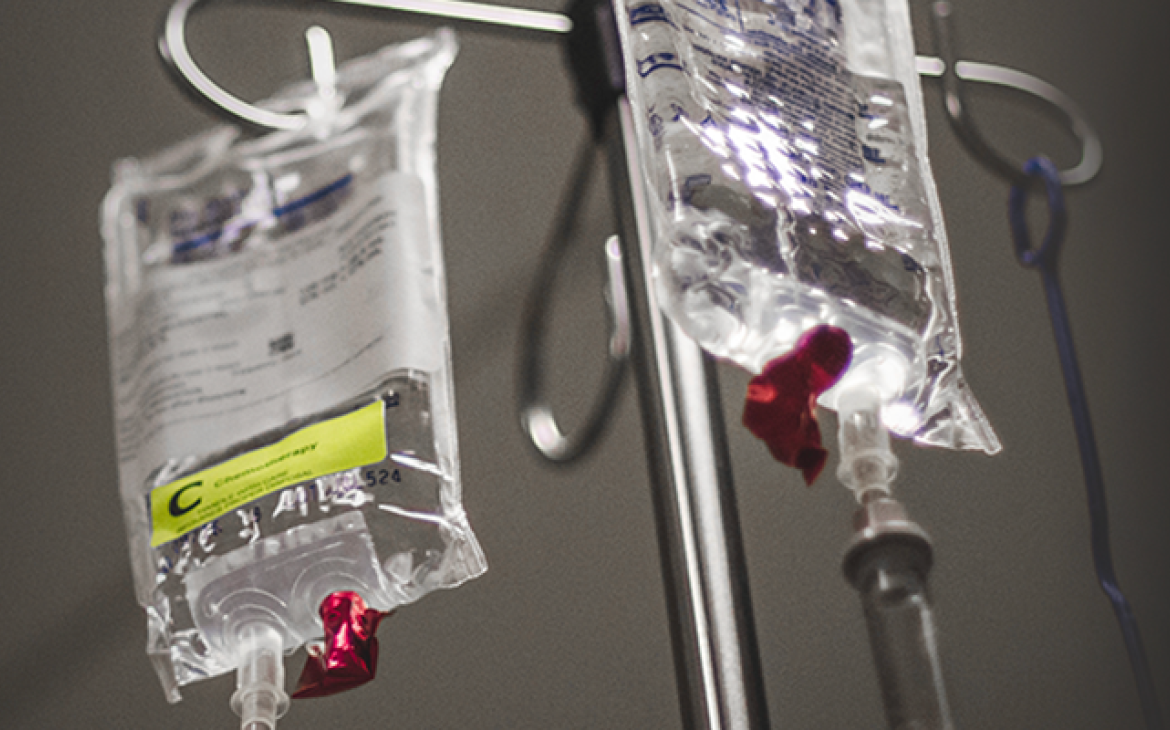
Recent months have seen the emergence of monkeypox as a global public health emergency, with limited supplies of needed treatment and vaccine to prevent its spread. Looking at the upstream supply chain for the monkeypox treatment Tecovirimat provides a timely and useful example of today’s complex, global marketplace of manufacturers, suppliers and distributors. USP’s Medicine Supply Map team analyzed the data to help demonstrate potential supply chain vulnerabilities and solutions.
Monkeypox treatment supply chain mapped
Like the monkeypox vaccine, the availability of the monkeypox treatment Tecovirimat is in part due to investments to develop, research, and stockpile the medicine by the Biomedical Advanced Research and Development Authority (BARDA) and other federal agencies. Although the world relies on New York-based SIGA Technologies for monkeypox treatment Tecovirimat – sold under the brand name TPOXX – multiple entities are involved in its formulation.
An analysis of SIGA data indicates the active pharmaceutical ingredient (API) for the drug is made by lone supplier W.R. Grace in one of its facilities in Michigan. However, there are two finished dose forms of the drug, oral capsule and intravenous injection, and each form requires concerted efforts of several companies to produce them. For the oral form, Pennsylvania firm Powdersize tests and micronizes (reduces the particle size of) the API, and then Kentucky-based Catalent Pharma Solutions granulates, encapsulates, and tests the finished dose form. Meanwhile, manufacturing of the injectable form is handled by North Carolina-based Patheon Manufacturing Services. Both dosage forms are packaged by PCI Pharma Services.
The manufacturing process for Tecovirimat provides just one example of the complexity of the medicines supply chain, and that complexity is mirrored for countless other products people rely on every day to protect and improve their health. At the U.S. Pharmacopeia (USP), we are working to increase visibility into the upstream medicines supply chain so that potential vulnerabilities can be predicted and addressed before potential supply chain disruptions occur. Our solution to aid early detection of risk factors that can lead to drug shortages is USP’s Medicine Supply Map.
Solutions for supply chain resilience
USP’s Medicine Supply Map is a first-of-its-kind information system that identifies, characterizes and quantifies risk in the upstream pharmaceutical supply chain. It can be used by stakeholders including government agencies, manufacturers, hospitals and wholesalers to prioritize supply chain investments to address the risks and reduce potential drug shortages.
The Medicine Supply Map is just one part of USP’s broader work to address global medicines supply chain vulnerabilities. USP is also working to reduce barriers to adoption of advanced manufacturing technologies, such as pharmaceutical continuous manufacturing (PCM), to help make more medicines in more places and increase supply chain resilience. USP also provides scientific standards and related programs that support access to trusted, quality-assured medicines. Learn more about USP’s efforts to advance quality-focused solutions for a stronger global supply chain.


